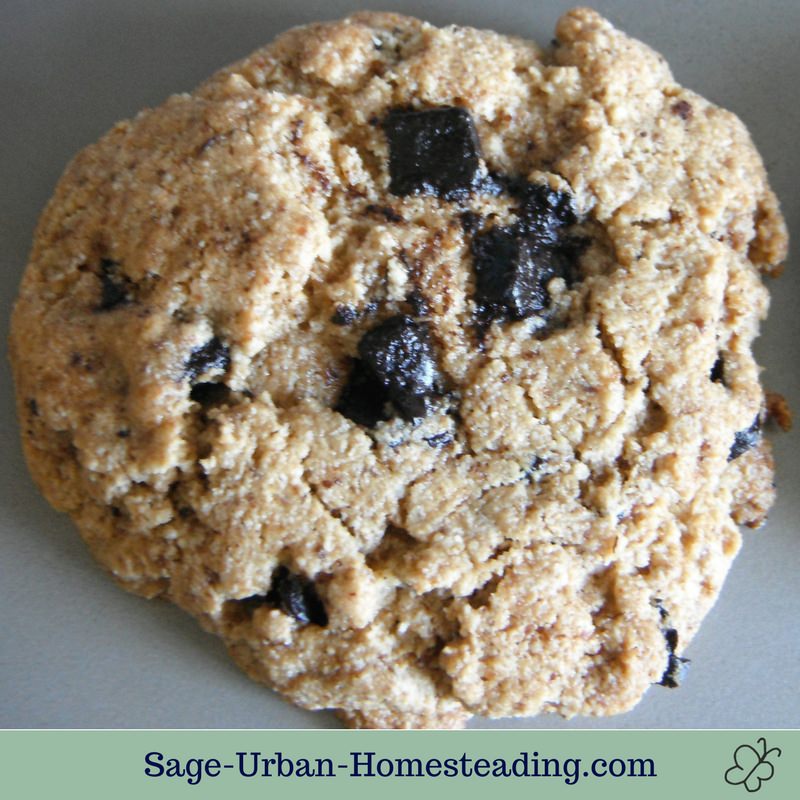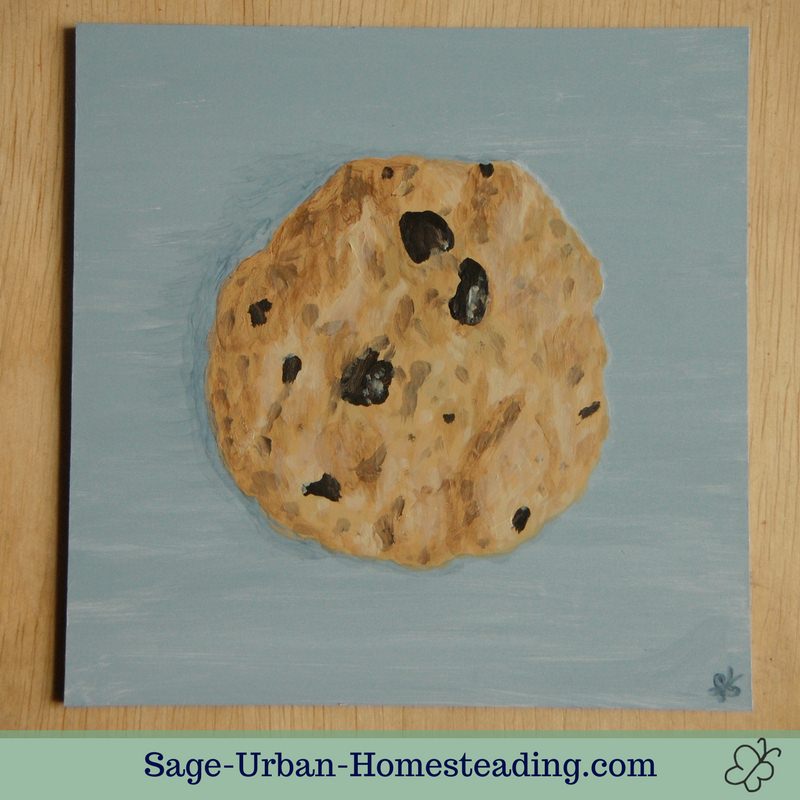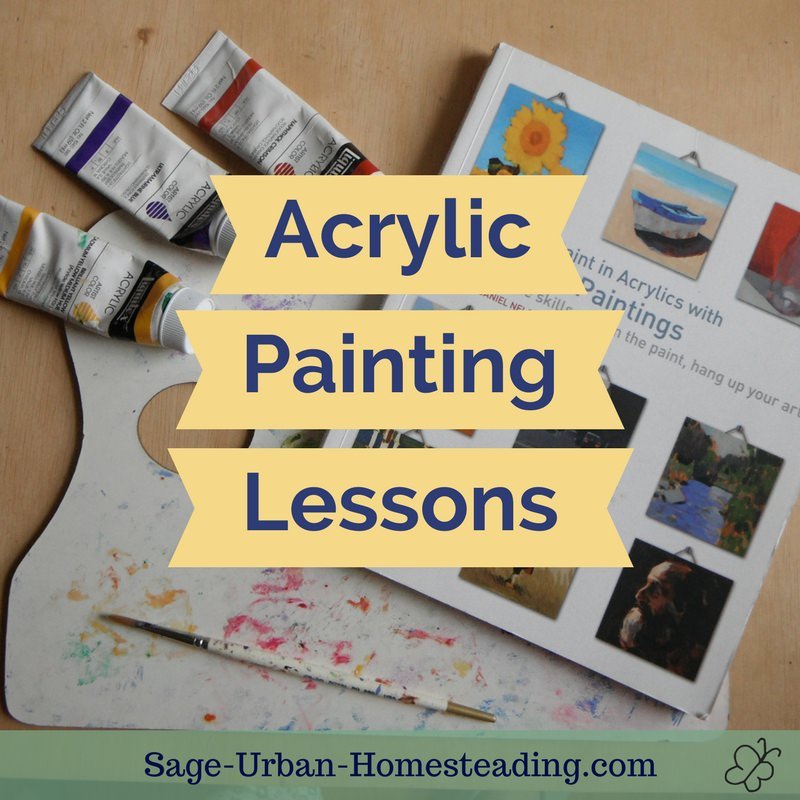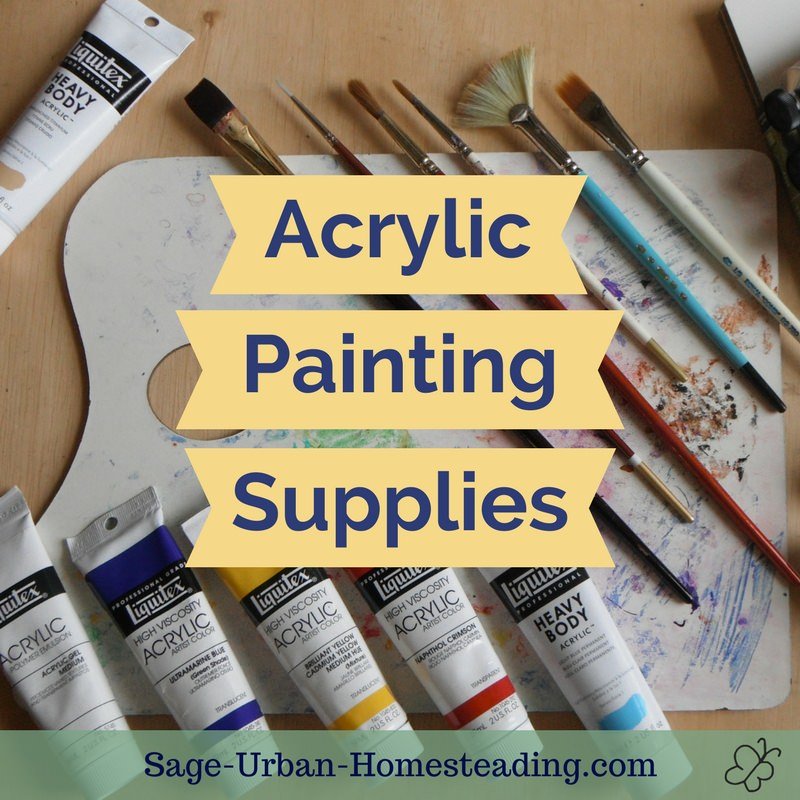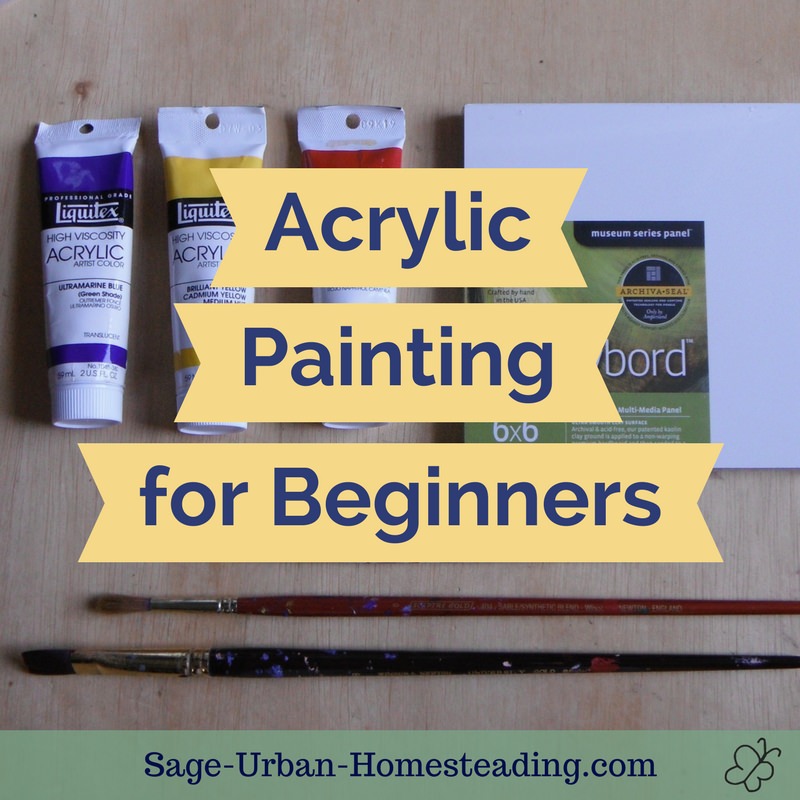FYI: I earn a small commission from some links and advertisements.
Acrylic Painting Lesson 6: Applying a simple glaze
The goal of the sixth lesson is to learn how to apply a simple glaze of color over other colors.
How about glazing a cookie instead of the bread and butter pictured in the book?
The problem with bread and butter is that it's two things I can't eat anymore because gluten and casein make me sick. I thought it would be more interesting to do whole grain bread texture. Then I thought it would be even better to do a carob chip cookie that we made recently.
Instead of making a painting about foods that give me a bellyache and sad thoughts, I made something that makes me happy, an actual treat!
Status: Not for sale yet
I used the 5 and 8 round brushes again for this painting.
Adding Dimension
The glazing technique with some acrylic medium added to the paint is used to to add depth. I used glazing to create the gray shadow to the upper left and do brown overpainting over the cookie.
It was a challenge to make cookie stand up on the cookie sheet yet have the carob chunks sink into the dough. I tried feathering out the edges of the colors and doing glazes to give it the right dimension.
I really loved this subject and doing lots of blending dots and dashes. This is more my style than the very flat paintings the book has in the beginning lessons.
Finding Your Style
There is nothing wrong with you if like things different. I know I talked about my college class some last time. One of the highlights of the experience was when we each set up a display on a wall at the end (it was a fairly small class, like 6 or 8 students) and you could see each person's style. Mine was more distinct than I realized and my classmates complimented me on it.
Sometimes artists spend many years finding their style and what makes them different or even change styles (look at Picasso's periods). I see a problem with a lot of beginning artists imitating and trying to look exactly like someone else. Imitation can be useful for learning certain techniques, but I believe it is super important to follow your own path.
Our homeschool art curriculum is open and experimental. I cringe at projects where the whole class makes the same thing. It's still those who are a little different and stand out that make it interesting.
Ok, so there's my rant on style and why it's ok to be different!
Working Conditions
Even though the young observer (age 5) was critical that I chose a subject different than the book, the working conditions were amazing this time! While she kept herself busy with a coloring project, I was able to meditate on life somewhat with interspersed conversations about parking crayons and markers -- near my stuff was a no parking zone.
It's not that I didn't think of having an activity for her before. The thing is, she usually doesn't like my suggestions. She chose this coloring project herself and became too absorbed in it to get dressed, so it was a good time for me to paint.
Inspiration Finally Working
One of my goals for this painting project was to give her something to imitate. It finally is working! She decided to do a series of tempera paintings, but she is using the acrylic book and doing it the "right way", not my adjusted material, haha!
We are making plans to create her own page here on the website showing her paintings. Wonderful! Maybe I can get her to write about them, too. Check off language arts lessons, art lessons, and add some science about mixing paint colors and textures... Homeschooling is easy once they have an interest!
